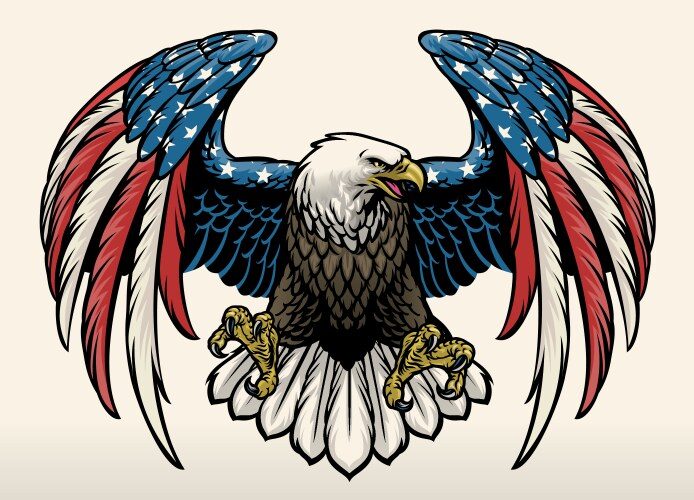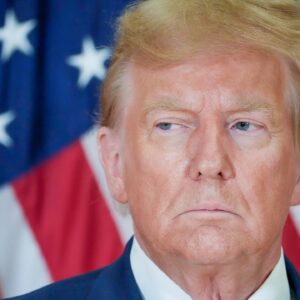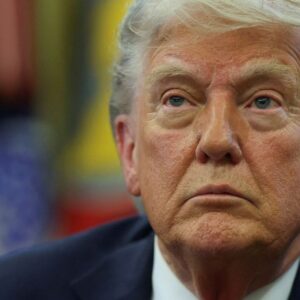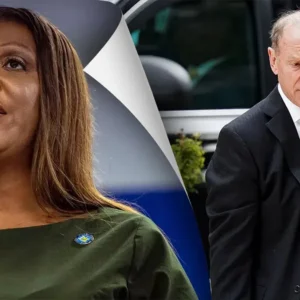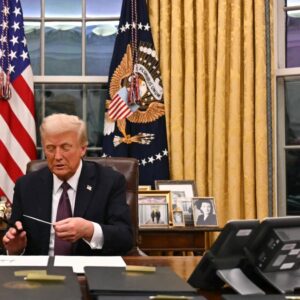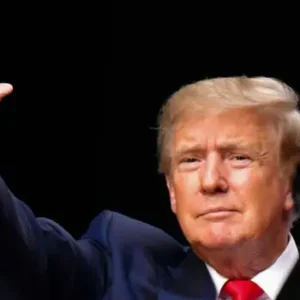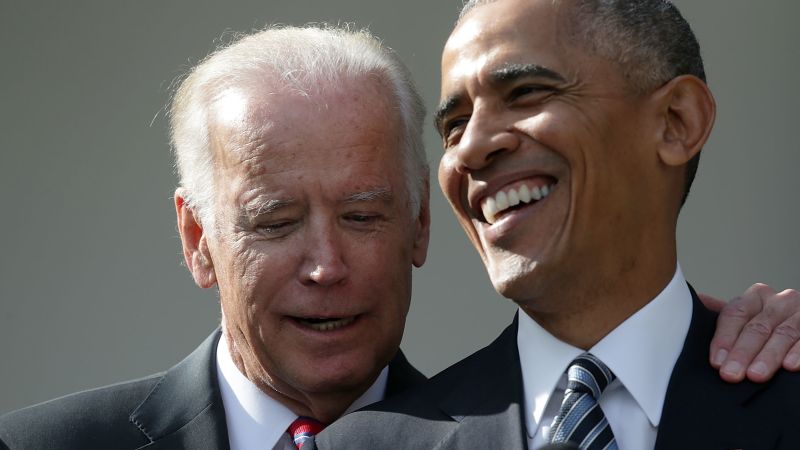
Biden and Obama: Are They Really the Root Cause of America’s Division?
The United States is undeniably divided—politically, socially, and culturally. From Capitol Hill to kitchen tables, Americans disagree on issues ranging from immigration and race to economics and national identity. As people search for answers about how we got here, some point fingers directly at two familiar names: Barack Obama and Joe Biden.
Critics argue that these two Democratic presidents—Obama serving from 2009 to 2017, and Biden from 2021 onward—played major roles in sowing the seeds of mistrust, resentment, and polarization that dominate the current American landscape. But are they truly the root cause of the hate and division we see today? Let’s break it down.
The Hope and Change That Divided a Nation
When Barack Obama was elected in 2008, he campaigned on unity, hope, and change. For many Americans, especially Black voters and young people, he was a symbol of progress and a unifying force. But for others, his presidency marked the beginning of a growing cultural divide.
Obama’s policies on healthcare, immigration, race relations, and LGBTQ+ rights were celebrated by the left but viewed as overreach by the right. The Affordable Care Act (Obamacare), for instance, became one of the most polarizing pieces of legislation in modern history. Conservatives saw it as a government power grab, while progressives hailed it as a moral victory.
In his second term, Obama became more vocal about systemic racism and the need for police reform—especially in the wake of incidents like Ferguson and the rise of the Black Lives Matter movement. His critics accused him of deepening racial tensions by framing law enforcement as inherently biased and villainizing traditional American values.
Whether one agrees or not, there’s no denying that under Obama, the ideological gap between Americans grew wider. What was once healthy political disagreement began to morph into something more bitter and personal.
Enter Joe Biden: Unifier or Divider?
In 2020, Joe Biden campaigned as a calming presence—a return to “normalcy” after the chaotic Trump era. He promised to be a president for “all Americans,” not just Democrats. Many voters saw him as a seasoned, moderate leader who could heal the wounds of the nation.
But critics argue that Biden has done the opposite.
From pushing expansive spending bills that ballooned inflation to championing progressive social causes, Biden’s presidency has ignited fierce backlash. His stance on vaccine mandates, gender identity in schools, student loan forgiveness, and border enforcement have been called divisive by many on the right.
His rhetoric, too, has been scrutinized. Biden’s infamous “MAGA Republicans are a threat to democracy” line didn’t land as a call for unity. Instead, it alienated millions of Trump supporters and independents, framing them not as political opponents but as enemies of the state.
Rather than easing tensions, many believe Biden has doubled down on a partisan agenda that favors urban elites, academia, and left-wing activists while ignoring or dismissing the concerns of rural, working-class Americans.
Cultural Elitism and the Rise of Resentment
Obama and Biden both appeal to what some call the “coastal elite” worldview—college-educated, progressive, globalist, and urban-centered. While there’s nothing inherently wrong with that perspective, its dominance in policymaking and media representation has caused resentment in more traditional, rural parts of the country.
Obama’s speeches often carried a tone that critics saw as condescending, particularly when discussing religion, guns, or the “clinging to traditions” of working-class Americans. Biden has continued that narrative, especially when describing conservative views on social issues.
This perceived cultural elitism fuels the idea that Democrats, under Obama and Biden, don’t represent “real” America. Instead, they’re seen as catering to niche activist causes, big tech, and global interests—leaving behind middle America, small businesses, and traditional families.
The Identity Politics Effect
One of the most significant factors contributing to America’s division is the rise of identity politics, and many blame the Obama-Biden era for mainstreaming it.
From Obama’s vocal support of BLM and DACA recipients to Biden’s focus on transgender rights and equity-based hiring, critics argue that their administrations have prioritized identity over unity. Policies that favor one group, no matter how well-intentioned, often alienate another.
For example, diversity, equity, and inclusion (DEI) initiatives in schools and workplaces have sparked backlash from those who feel they are being punished or silenced simply for being white or male. Many Americans believe the focus should be on merit and opportunity for all—not elevating one group at the expense of another.
This growing cultural schism is no longer just about left vs. right. It’s now about who gets to define America’s values, and that’s where the divide runs deepest.
Division Through Media and Messaging
It’s impossible to ignore the role of mainstream media in shaping public perception—and here, Obama and Biden also bear some responsibility. Both have maintained close relationships with media outlets that openly favor their policies while demonizing conservatives.
Obama was a media darling, often portrayed as a thoughtful intellectual. Meanwhile, critics who opposed his policies were labeled racists or bigots. Biden’s media coverage has similarly leaned in his favor, especially early in his term, while opposition voices are often cast as extremists or conspiracy theorists.
This has only added fuel to the fire. Millions of Americans feel that their voices are ignored, mocked, or erased by an establishment narrative that favors a left-wing worldview. That resentment feeds the cycle of distrust and polarization.
But Is It Fair to Blame Them Alone?
To be clear, division in America did not start with Obama or Biden. The country has always had ideological battles—over civil rights, war, religion, economy, and more. And Donald Trump’s presidency certainly pushed polarization into overdrive.
However, critics argue that Obama and Biden had the opportunity to heal those divides—and failed. Instead, they pursued agendas that widened the gap between left and right, between cities and heartland, between elite and everyday Americans.
Their defenders, of course, would argue they simply responded to evolving societal norms and fought for justice and equity. That’s the fundamental disagreement: Were they unifiers misunderstood by a stubborn opposition, or architects of division cloaked in progressive virtue?
Conclusion: A Divided Legacy
In 2024 and beyond, America remains deeply split. Some say it’s because of Donald Trump. Others point to cable news, social media, and the 24-hour outrage machine. But a growing number of Americans—especially on the right—see Barack Obama and Joe Biden as the original drivers of the divide.
Their critics believe they used identity politics, elite messaging, and partisan policies to reframe the nation’s values—pitting groups against each other in the name of progress. Whether intentional or not, the result is a nation more divided than ever.
So, are Biden and Obama the root cause of America’s hate and division? Maybe not the only cause—but for many, they were the spark that lit the fire. And unless we find common ground soon, the flames will keep rising.
